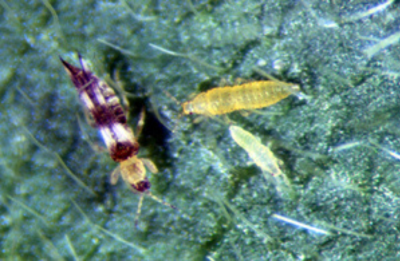 Figure 1. Soybean thrips. Image: Purdue IPM
Figure 1. Soybean thrips. Image: Purdue IPM
- Soybean vein necrosis virus (SVNV) is spread by several species of thrips.
- SVNV incidence depends on thrips flights and buildup, and tends to be more pronounced in double cropped soybeans.
- SVNV is extremely unlikely to cause yield loss.
- It is easy to misdiagnose SVNV for other foliar fungal diseases in soybean.
Soybean Vein Necrosis Virus (SVNV) is the most commonly encountered virus in soybean production. Once the virus enters a plant, it hijacks soybean resources to replicate itself. This virus is spread by several species of thrips that can infest soybeans (Figure 1). Thrips are very small insects with rasping, sucking mouthparts, making them challenging to observe with the naked eye. They have multiple generations per season, a short generation cycle, and tend to multiply in numbers under hot, dry conditions. Often, thrips can be spotted on the undersides of leaves and within flowers or buds. When they feed on a plant with SVNV, they are able to transmit it to new plants or tissues on the same plant.
Symptoms of SVNV include foliar issues such as yellowing near or along the leaf veins, which eventually turns brown as the leaves age. Occasionally, larger areas of the leaf will display symptoms (Figure 2).
SVNV typically does not cause economic yield loss under typical growing conditions. This may be due to the timing of thrips' arrival and their initiation of feeding on soybean tissues, the proportion of thrips that carry the virus, and environmental or cultivar effects that may lead to more pronounced symptom development. In situations where beans are planted later than usual or in a double-cropped system, the incidence of SVNV may be more pronounced, as thrips populations may be higher and they may begin feeding earlier in the growth and development of the plant compared to soybeans planted during the typical full-season timings.
The primary challenge with SVNV is that it can be misidentified as foliar diseases commonly observed in soybean production systems. Consequently, you might mistakenly believe that a foliar fungicide application did not work or that you have a developing fungal disease issue, leading to the unnecessary application of fungicides. The table below provides key factors that differentiate SVNV from more commonly occurring soybean foliar fungal diseases.


Figure 2. Soybean leaves showing characteristic symptoms of SVNV. Image GROWMARK
References:
- https://extension.entm.purdue.edu/fieldcropsipm/insects/soybean-thrips.php
- Anderson, Nolan R., Melissa D. Irizarry, Chris A. Bloomingdale, Damon L. Smith, Carl A. Bradley, Dennis P. Delaney, Nathan M. Kleczewski, Edward J. Sikora, Daren S. Mueller, and Kiersten A. Wise. "Effect of soybean vein necrosis on yield and seed quality of soybean." Canadian Journal of Plant Pathology 39, no. 3 (2017): 334-341.
- Zhou, Jing, and Ioannis E. Tzanetakis. "Soybean vein necrosis virus: an emerging virus in North America." Virus Genes 55, no. 1 (2019): 12-21.
- Kleczewski, Nathan M. "Prevalence and Cropping System Impacts on Soybean Vein Necrosis Disease in Delaware Soybeans." Plant Health Progress 19, no. 1 (2018): 11-12.
- Elmore, M.G., Groves, C.L., Hajimorad, M.R., Stewart, T.P., Gaskill, M.A., Wise, K.A., Sikora, E., Kleczewski, N.M., Smith, D.L., Mueller, D.S. and Whitham, S.A., 2022. Detection and discovery of plant viruses in soybean by metagenomic sequencing. Virology Journal, 19(1), p.149.
- Chitturi, Anitha, Kassie Conner, Edward J. Sikora, and Alana L. Jacobson. "Monitoring seasonal distribution of thrips vectors of soybean vein necrosis virus in Alabama soybeans." Journal of economic entomology 111, no. 6 (2018): 2562-2569.